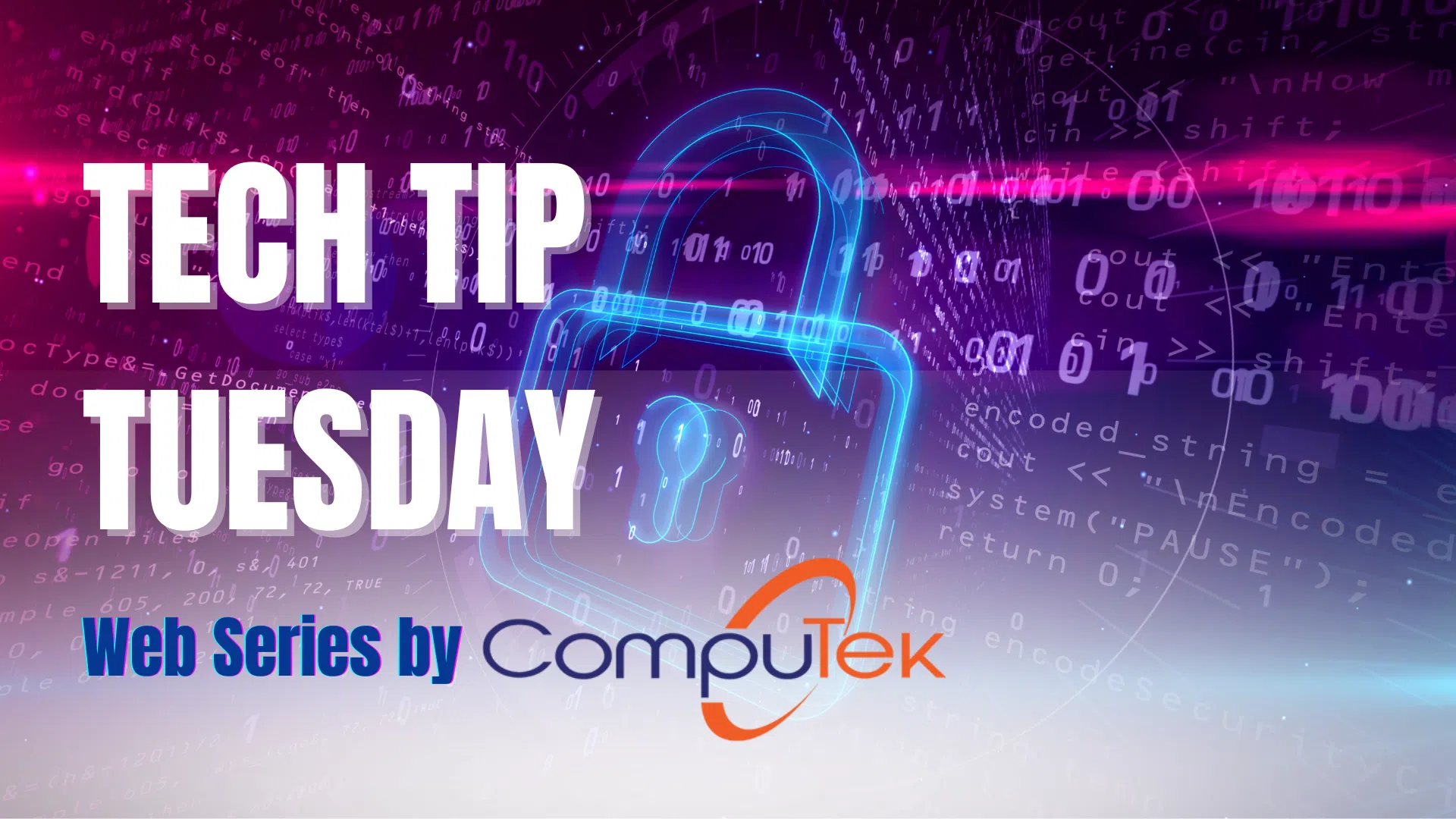Cybersecurity is a growing priority for small businesses, especially with the increasing frequency of cyberattacks targeting vulnerable systems. Conducting a cybersecurity audit is a proactive way to identify weaknesses, ensure compliance, and keep your business safe. Here’s a step-by-step guide to conducting a cybersecurity audit, covering key areas like network security, endpoint protection, and data access controls.
Review and Document Your Existing Security Policies
Start by reviewing any existing security policies and procedures. If your policies are outdated or nonexistent, now is the time to create or update them. Documenting policies around data handling, password requirements, and incident response will provide a solid foundation for your cybersecurity efforts. Make sure these policies are accessible to employees and cover key areas, including employee responsibilities, acceptable use guidelines, and data handling protocols.
Assess Your Network Security
Your network is the backbone of your business’s IT environment, and securing it is critical. To assess your network, begin by checking firewall and router security to confirm firewalls are enabled and routers are configured securely. Look for potential risks, such as outdated firmware or weak passwords. Conduct a vulnerability scan using a network vulnerability scanner to identify open ports, weak encryption protocols, or unpatched software. Implementing a regular schedule for vulnerability scans and updating network settings to close discovered vulnerabilities will improve network security.
Evaluate Endpoint Security
Endpoints—such as computers, mobile devices, and other connected devices—are common entry points for attackers. Ensuring these devices are protected is a crucial aspect of your cybersecurity strategy. Start by installing antivirus and anti-malware software on all devices, and make sure these tools are regularly updated. Enforce strong password policies and enable multi-factor authentication (MFA) wherever possible. Device management tools can help monitor compliance and prevent unauthorized access. Regular checks to confirm that antivirus definitions are updated, and device configurations are secure are also essential.
Review Data Access Controls
Controlling access to sensitive data is critical for minimizing risks. To review data access controls, assess user privileges to ensure employees only have access to the information necessary for their roles, limiting administrative access to critical systems and data. Implementing role-based access control (RBAC) can streamline this process by setting access permissions according to employee roles. Regularly reviewing access logs and user permissions, as well as educating employees on data access policies, will help maintain security.
Test Your Incident Response Plan
A solid incident response plan is essential, but it’s only effective if it’s regularly tested and updated. Make sure your plan outlines steps for identifying, containing, eradicating, and recovering from a cyber incident. Conduct tabletop exercises to simulate various security scenarios, identifying any gaps in the response plan. Designate roles and responsibilities so that employees know their roles during an emergency and how to escalate issues. Scheduling regular incident response drills and refining the plan based on what you learn from each test will help ensure your business can respond effectively to threats.
Ensure Compliance with Regulations
Small businesses are often required to comply with industry-specific regulations like HIPAA, GDPR, or CCPA. An audit is a good opportunity to make sure your business aligns with any relevant regulatory requirements. Start by reviewing the specific regulations that apply to your business, documenting requirements for data handling and reporting. A gap analysis will show where your current practices fall short and what steps you need to take to achieve compliance. Creating a compliance checklist and, if necessary, working with a compliance expert will help keep your business aligned with industry standards.
Review and Document Findings
Once your cybersecurity audit is complete, document the findings and prioritize identified vulnerabilities. Creating a detailed report will help you organize issues by severity and determine which fixes to implement immediately and which can be scheduled for later. Schedule follow-up audits, as cybersecurity threats evolve quickly; aim for at least annual audits, or more frequently if your business handles sensitive data. Establishing a reporting process for regular cybersecurity reviews will help you document improvements and refine security practices over time.
Strengthen Your Business with Expert Cybersecurity Support
Conducting a cybersecurity audit can help you control potential security risks, but staying ahead of evolving threats requires ongoing expertise. Computek offers comprehensive cybersecurity services to protect your business with network security, endpoint protection, data access control, and more. Connect with Computek today to secure your business and focus on growth, not cyber threats.
Ready to safeguard your business? Contact Computek to schedule your cybersecurity consultation or call 512-869-1155!
That’s all for this week, we’ll see you next time for Tech Tip Tuesday!













Comments